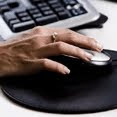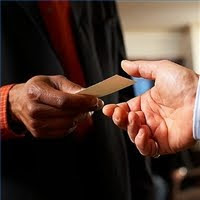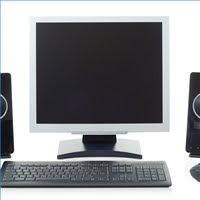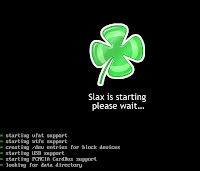 ASP.NET is a free technology offered through Microsoft. It allows webmasters and programmers to easily create web applications that are dynamic and elegant. This article is going to tell you how to install ASP.NET in just a few simple steps.
ASP.NET is a free technology offered through Microsoft. It allows webmasters and programmers to easily create web applications that are dynamic and elegant. This article is going to tell you how to install ASP.NET in just a few simple steps.Instructions
- Step 1
Close all currently running applications on your computer.
- Step 2
Before you install ASP.NET, you will need to install Internet Information Services (IIS) by going to your Control Panel and double clicking on “Add or Remove Programs”. Click on the “Add/Remove Windows Components”, then “Internet Information Services”, and then “Next”. The box will be checked if you already have IIS on your computer. If you do not, it will automatically install.
- Step 3
Install the latest version of Internet Explorer by going to the Microsoft IE download page at: http://www.microsoft.com/windows/internet-explorer.
- Step 4
Install the latest service packs and security updates by going to the Windows Update Page at http://windowsupdate.microsoft.com.
- Step 5
When you are in the Windows Update Page, select the Microsoft .NET Framework to install ASP.NET. There are no other options to choose since it will install itself on your computer






